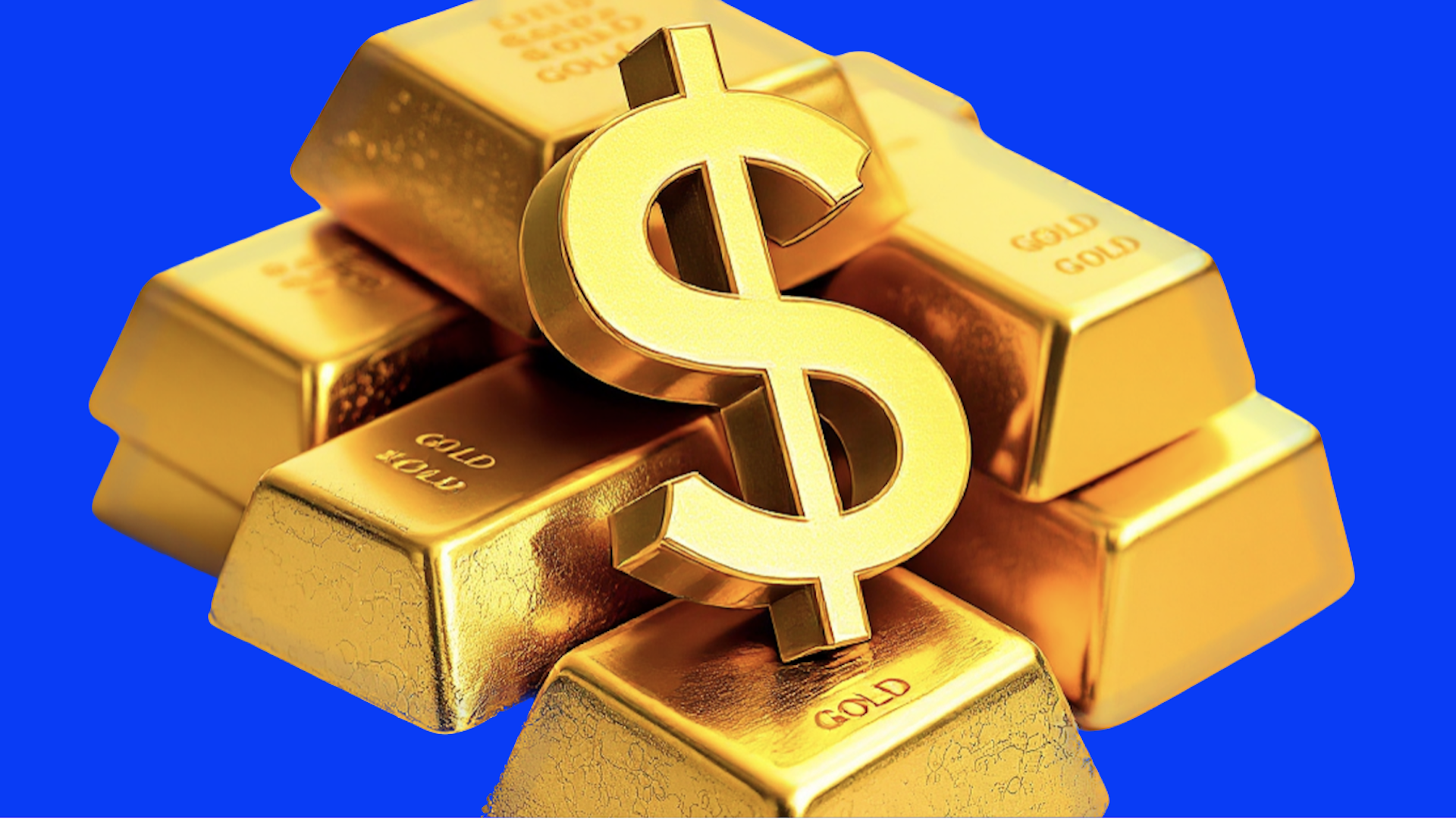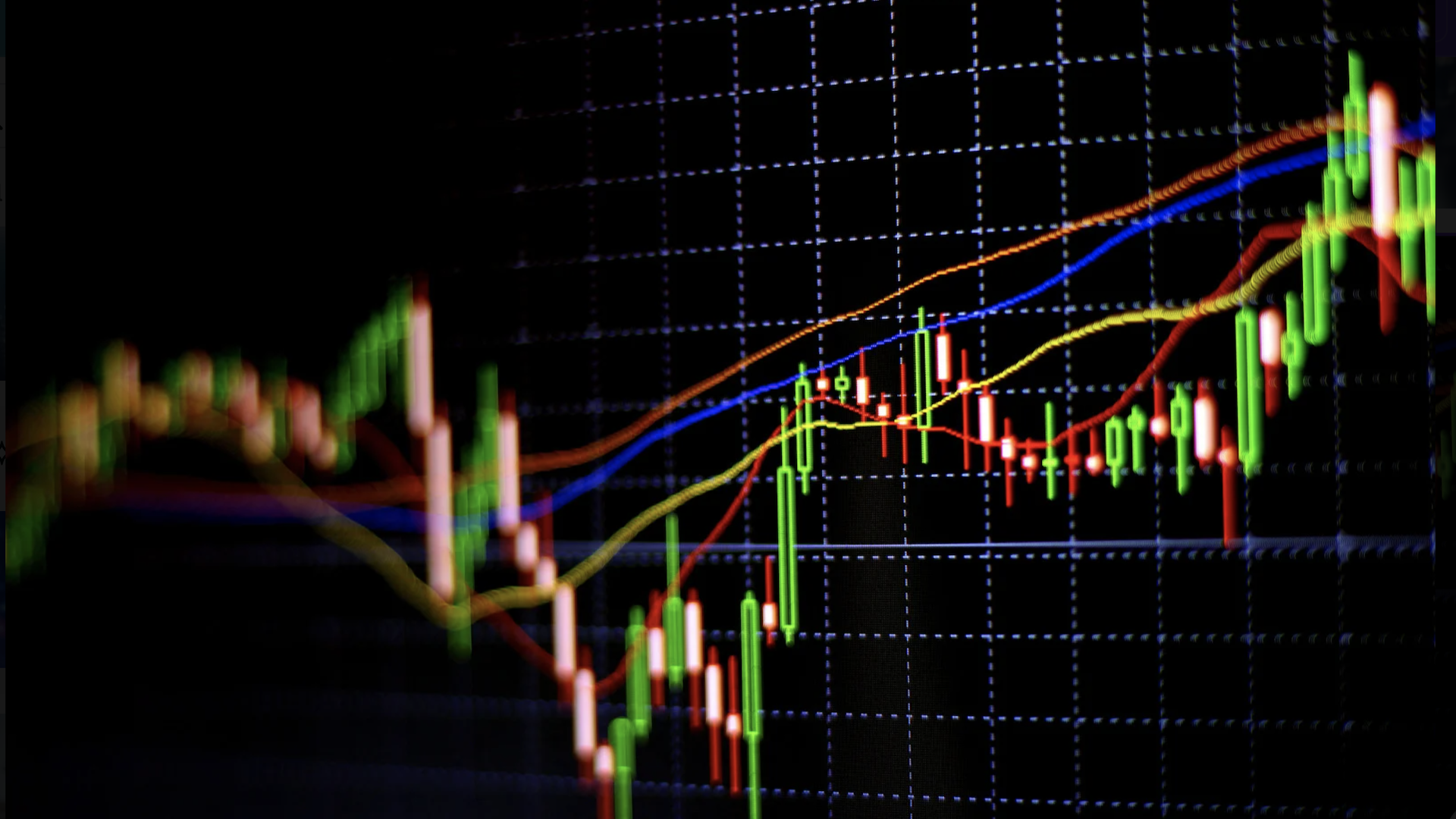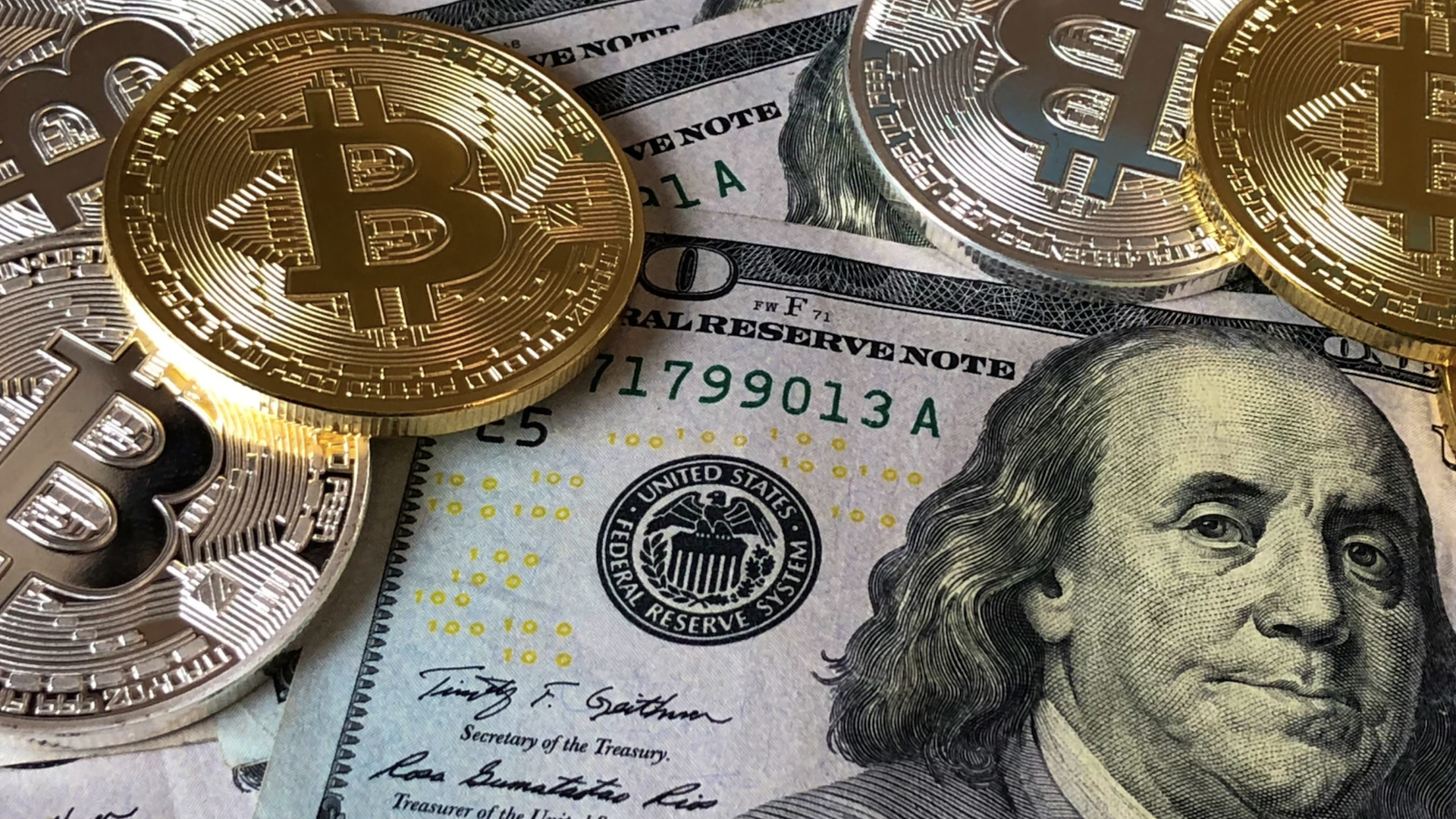Returning to the Gold Standard: Risks, Rewards, and Realities of a Gold-Backed Dollar, by Tom Monson.
There’s been some talk lately about the idea of bringing back the gold-backed dollar—a system where the value of our money is tied directly to gold. It’s an intriguing concept that sparks debate among economists, politicians, and everyday people alike. Some see it as a way to ensure stability and discipline in our financial system, while others warn of the risks it could pose to our modern economy. To help you understand what this could mean, I’ve laid out the potential benefits, challenges, and real-world impacts of returning to a gold standard. Whether you’re curious or concerned, this article will give you a clear picture of the implications of such a move.
Returning to a gold-backed dollar, where the value of money is tied to gold, would have significant effects on the economy, politics, and global relations. Here’s a simplified explanation of what this change could mean, based on history, potential benefits, and challenges.
Historical Context
The U.S. used the gold standard for much of its history, starting in 1879. Under this system, dollars could be exchanged for a fixed amount of gold. However, in 1971, President Nixon ended the gold standard because it was too rigid for a growing economy. The Great Depression and other crises showed that a gold-backed system made it harder for governments to respond to economic problems.

Returning to the Gold Standard: Economic Implications
If the U.S. returned to a gold-backed dollar, the Federal Reserve would lose flexibility in controlling the economy. The total money supply would depend on gold reserves, making it harder to print money during a crisis. For example, if the economy slowed down or inflation needed to be controlled, the Fed would have fewer tools to help.
On the positive side, this system could reduce inflation caused by excessive money printing. However, it could also lead to deflation, where prices fall because the money supply can’t grow fast enough to match the economy. Deflation could hurt businesses, reduce wages, and increase unemployment.
Trade might become more stable because a gold standard could limit currency fluctuations. But banks might struggle to lend money, which could slow economic growth. In short, while it might control inflation, a gold-backed dollar could increase economic instability in other ways.
Political and International Ramifications of Returning to the Gold Standard
Domestically, a gold-backed dollar might appeal to people who want stricter control over government spending. It could enforce fiscal discipline by making it harder for governments to borrow recklessly. However, it could also create political tensions because it would limit policymakers’ ability to respond to recessions or crises.
Internationally, the U.S. dollar plays a major role as the world’s leading currency. Returning to gold could weaken this dominance if other countries don’t follow suit. It might also increase competition among nations for gold reserves, shifting global economic power. Trade imbalances could worsen, as countries running deficits might lose gold reserves, leading to economic contraction. This could create tensions between nations.
Expert Opinions
Economists are divided on the idea. Many argue that a gold standard might cause more problems than it solves. Nobel Prize-winning economist Milton Friedman believed it could make economic downturns worse. Critics also point out that the amount of gold needed to back today’s global economy would be enormous, and gold prices can be very volatile, which could destabilize the system.
Supporters argue that a gold-backed dollar could provide long-term price stability and force governments to manage money responsibly. However, most experts agree that the modern economy needs more flexible tools to handle complex challenges, like recessions, inflation, and global trade.
Returning to the Gold Standard: Risks and Challenges
A gold standard could make the economy less flexible. It might lead to deflation, which would hurt businesses and workers. Transitioning to such a system could also cause significant market volatility, as investors and governments adjust to the new rules. Additionally, it could create geopolitical tensions over gold reserves and trade policies.
Conclusion
While a gold-backed dollar might offer benefits like price stability and tighter fiscal discipline, it comes with serious risks. It would limit the government’s ability to respond to economic crises and could lead to deflation, slower growth, and global tensions. The current system, where money isn’t tied to gold, allows for more flexibility to manage modern economic challenges. For these reasons, most experts believe a return to a gold standard is unlikely in today’s world. However, the debate highlights deeper questions about how governments should manage money and the economy.
If you liked this article, you will also like Thriving In Today’s Economy.
Something to Think About:

What would happen to your family If you didn’t come home tonight? In these uncertain times, life insurance is more important than ever. Ethos makes it easy to secure up to $2 million in protection, giving your loved ones financial security and peace of mind when they need it most.
Tom Monson is the Managing Editor of GreatLifeGazette.com. He is an award-winning author, publisher, and filmmaker.
Copyright 2025, Tom Monson













